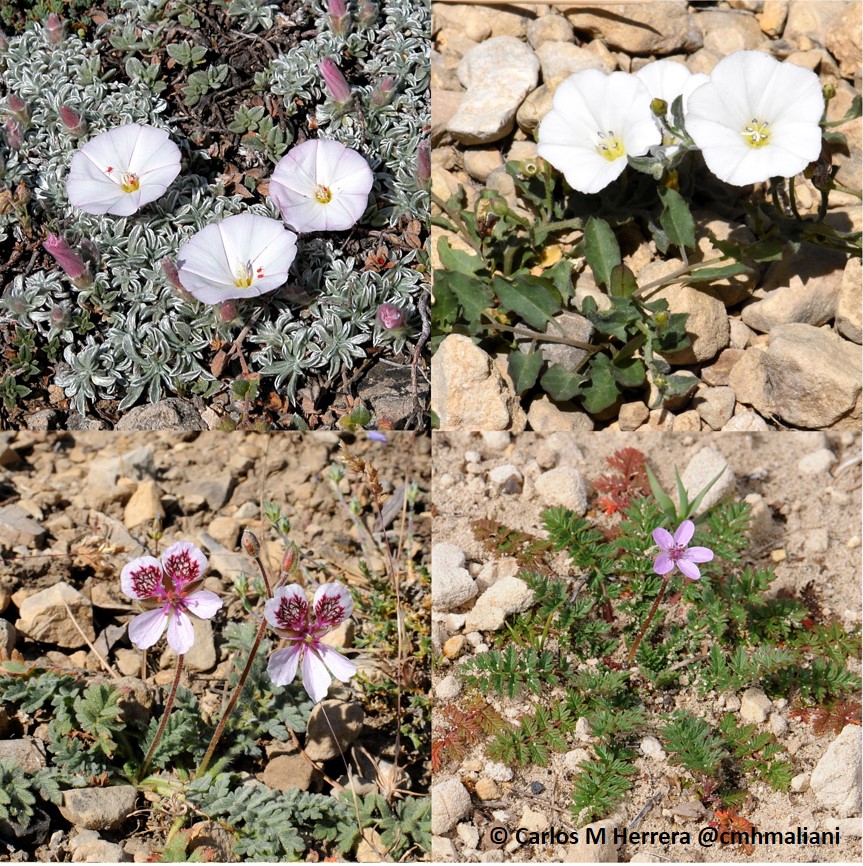Genetic diversity is generally considered the chief determinant of evolutionary change, but epigenetic diversity is now recognized as another layer of heritable variation with potential adaptive consequences. Epigenetic diversity could sometimes (fragmented populations, stressing habitats) alleviate the loss of genetic diversity and provide an "evolutionary backup" mechanism for wild plants. This study compares genetic and epigenetic diversity in seven congeneric species pairs with restricted and widespread distributions in southeastern Spain. Results suggest that higher epigenetic diversity could alleviate the loss of genetic diversity in some populations of endemic plants, but also other plant features can be essential to understand the relationship between genetic and epigenetic diversities. informacion[at]ebd.csic.es: Medrano et al (2020) Comparative genetic and epigenetic diversity in pairs of sympatric, closely-related plants with contrasting distribution ranges in southeastern Iberian mountains. AoB PLANTS DOI 10.1093/aobpla/plaa013
https://academic.oup.com/aobpla/advance-article/doi/10.1093/aobpla/plaa013/5817813








 Las altas temperaturas están provocando que las lagunas y las marismas de Doñana pierdan agua rápidamente
Las altas temperaturas están provocando que las lagunas y las marismas de Doñana pierdan agua rápidamente



